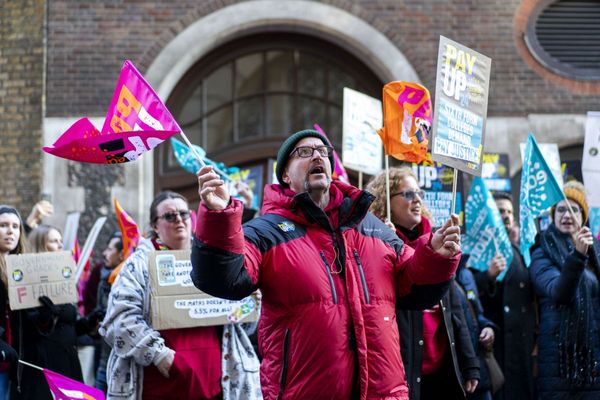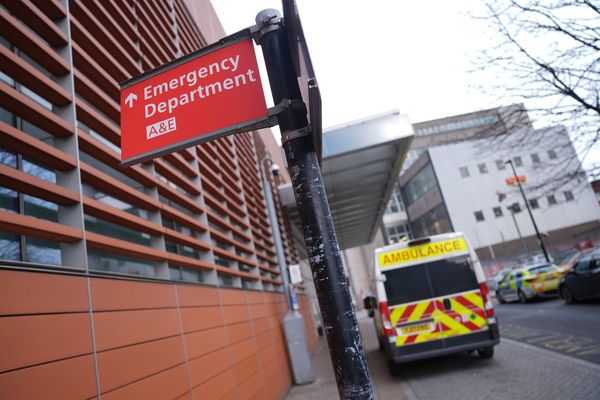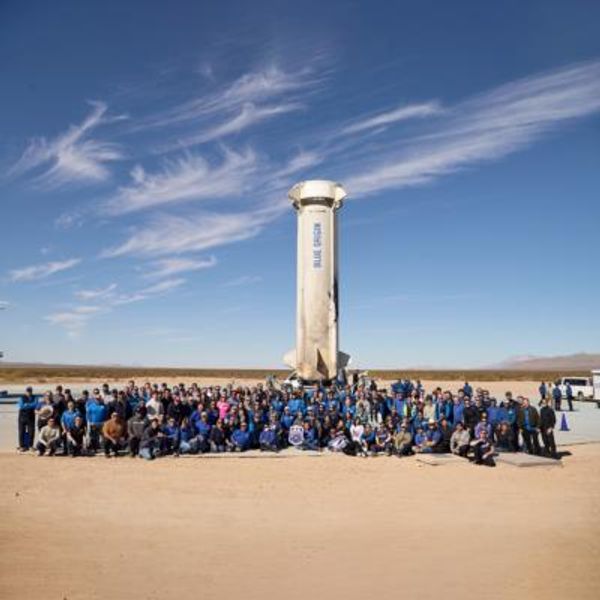The history of the pandemic has been punctuated periodically by incremental developments in science and medicine. Funding, industry, and research were ploughed into laboratories with the hope that their petri dishes would yield solutions to save lives and retard the march of the virus. While many vaccines have provided that assurance of life, prevented hospitalisation and also reduced the severity of disease, it is only a nasal vaccine that carries within it the promise of preventing further transmission by countering it at the site of viral entry into the body. In that sense, the announcement that a nasal vaccine had been given emergency use authorisation for use as primary immunisation to the 18-plus age group is welcome. A nasal vaccine, if effective, is probably the most advanced tool to handle COVID-19 as of now, and by virtue of being a spritz in the nose or mouth, will be preferable to painful jabs, particularly with children or adults with trypanophobia that might have come in the way of their getting the vaccines. While in theory the nasal vaccine ensures that the virus is stopped from binding with host cells at the very point of entry into the human body, there is very little evidence of that working in a COVID-19 scenario among humans. While an influenza nasal vaccine has reportedly worked, three other nasal vaccines have been approved for use elsewhere in the world, but very little data is available from that. In the trials conducted by the Bharat Biotech for the nasal vaccine, developed in association with the University of Washington, “the reactogenic events and adverse events that were documented during the trial were highly comparable to the published data from other COVID-19 vaccines”. The company reportedly conducted a phase 3 trial with about 3,100 unvaccinated people who received two doses of the nasal vaccine, and a booster trial with about 875 people who received a single dose of the nasal vaccine as a heterogeneous booster. The company has also promised that it would publish the data from the trials soon in the public realm.
While the fall in cases has allowed the world to take its foot off the pedal, efforts against the disease will have to be pursued. But this drop in numbers does afford a certain pause in pace: the results of the trials and data must now be allowed to enter the public realm even as emergency use authorisation is being processed for use of drugs or vaccines in the community. The Government too must factor this in its agenda, emphasising the promotion of transparency, now and in the future, even as it ensures continuing commitment of various departments involved in battling all aspects of the virus. In addition, delivering the vaccines to the general public and covering those untouched by the primary two doses, and the boosters, should remain high on the agenda.







